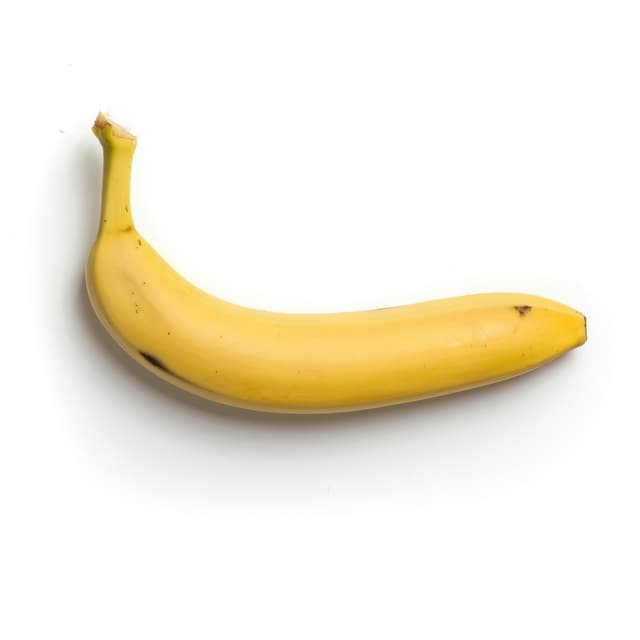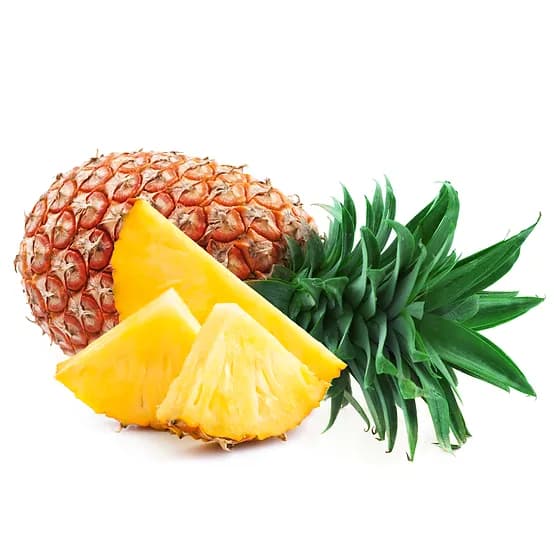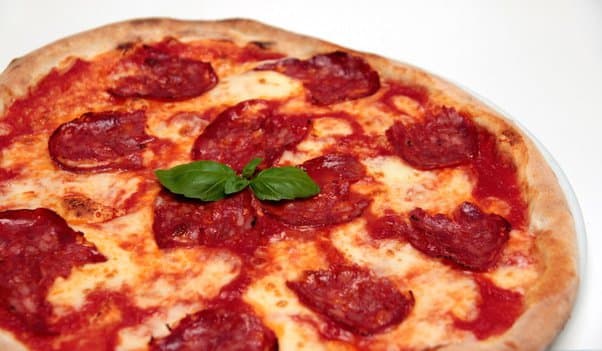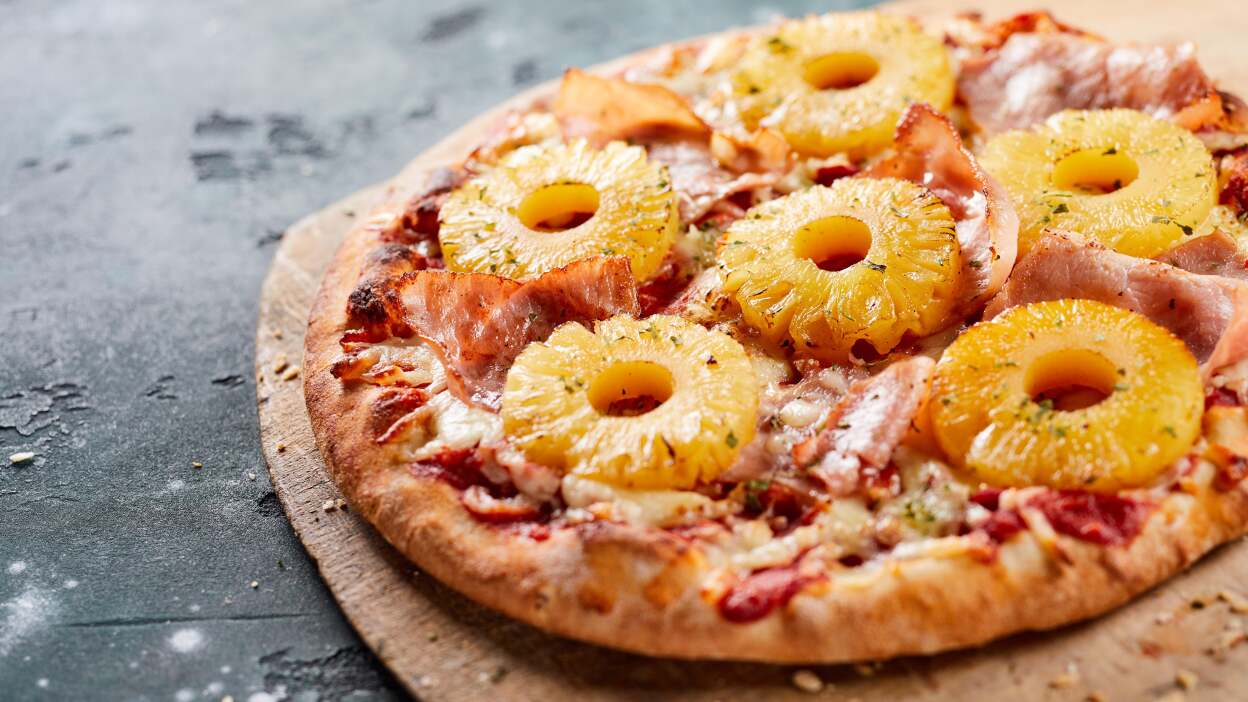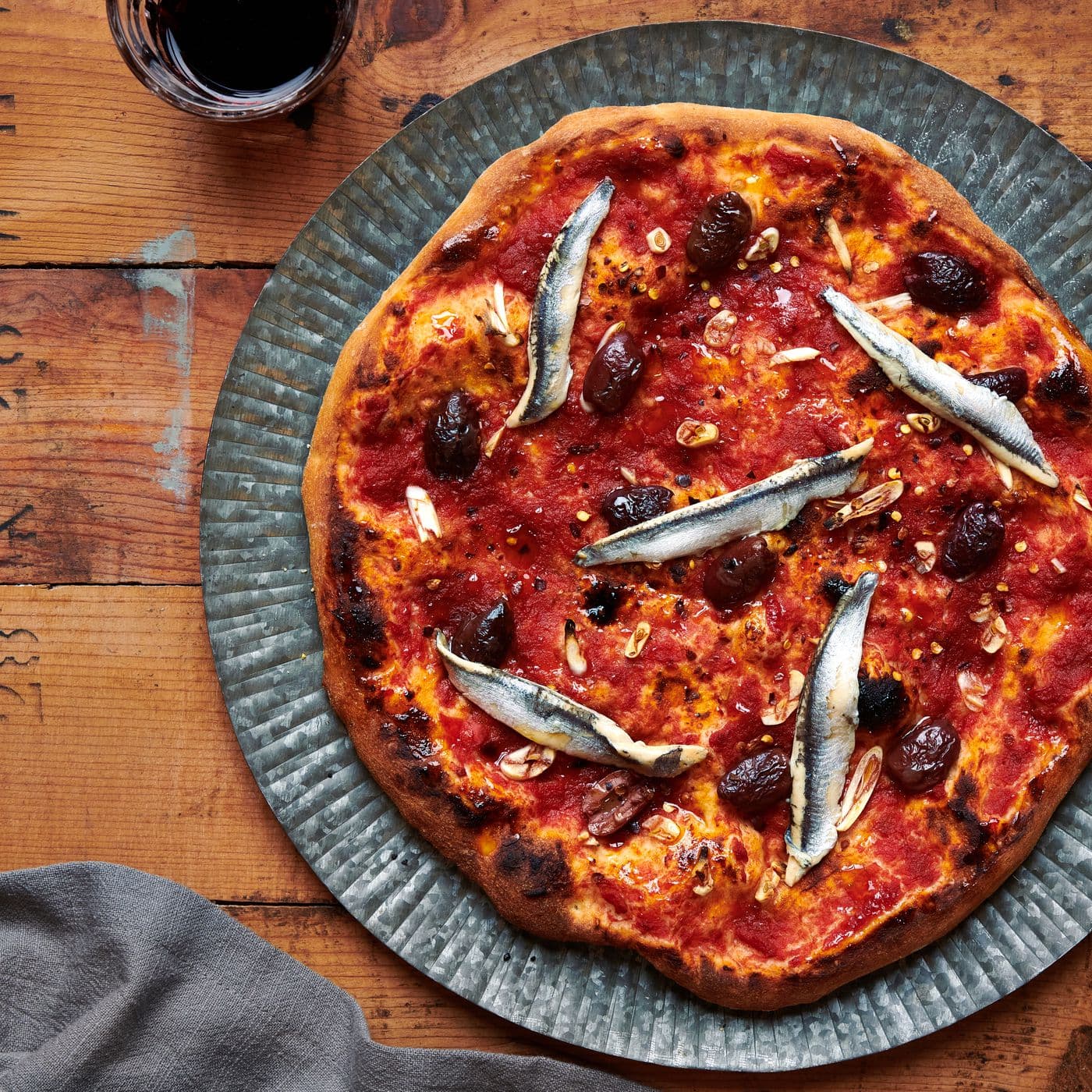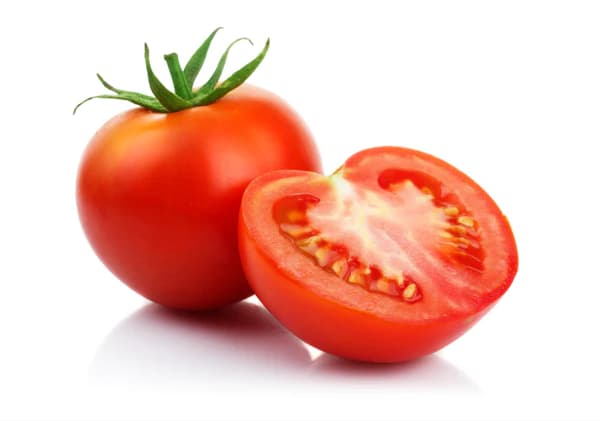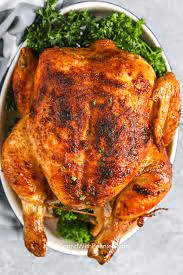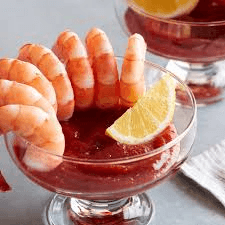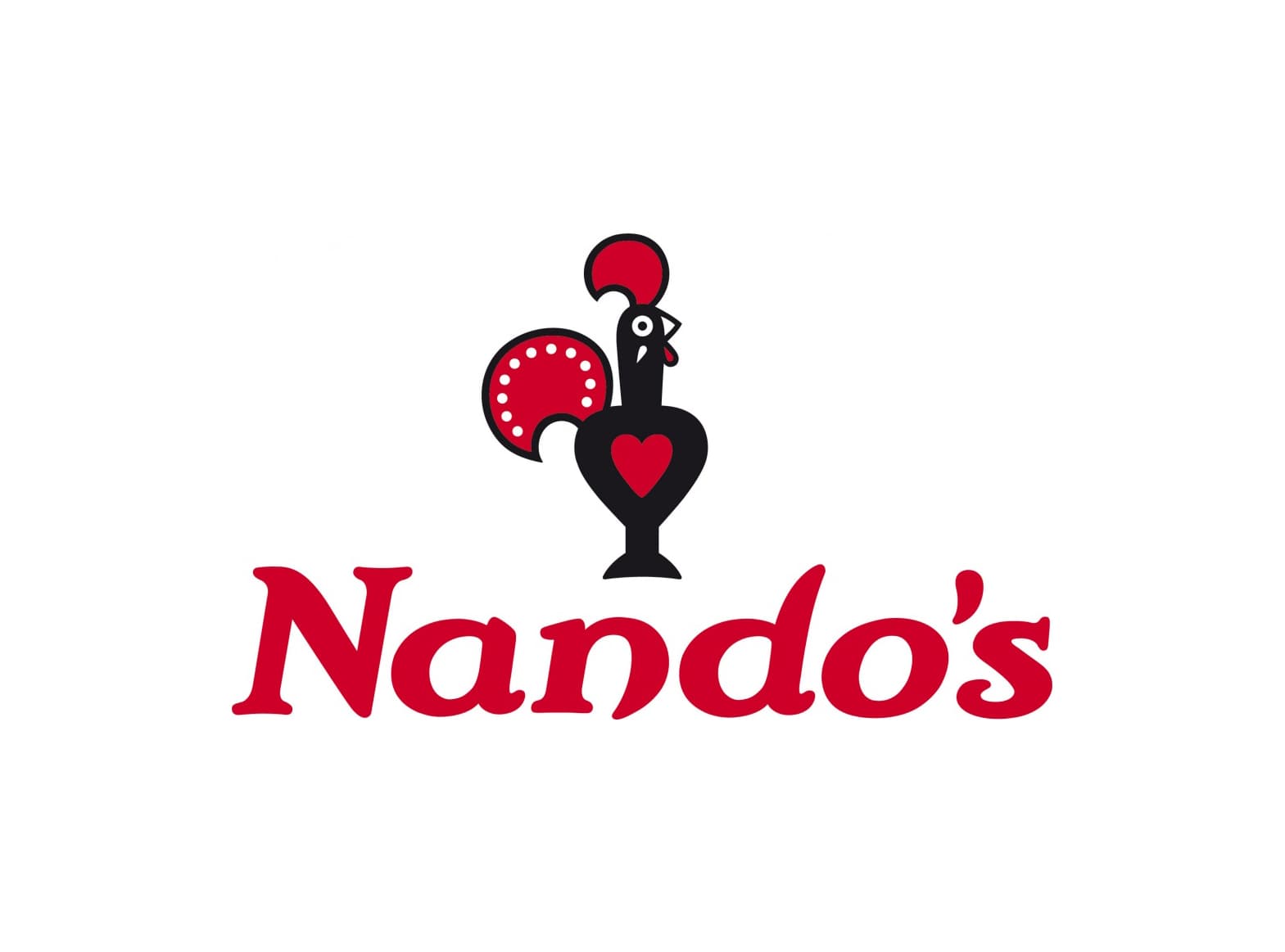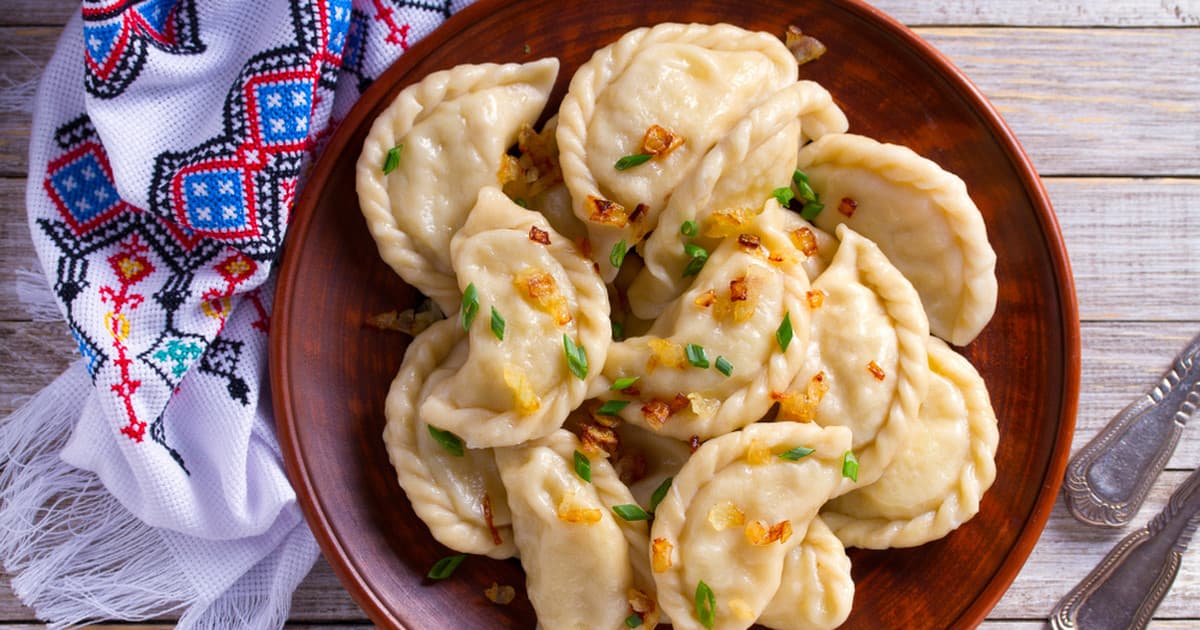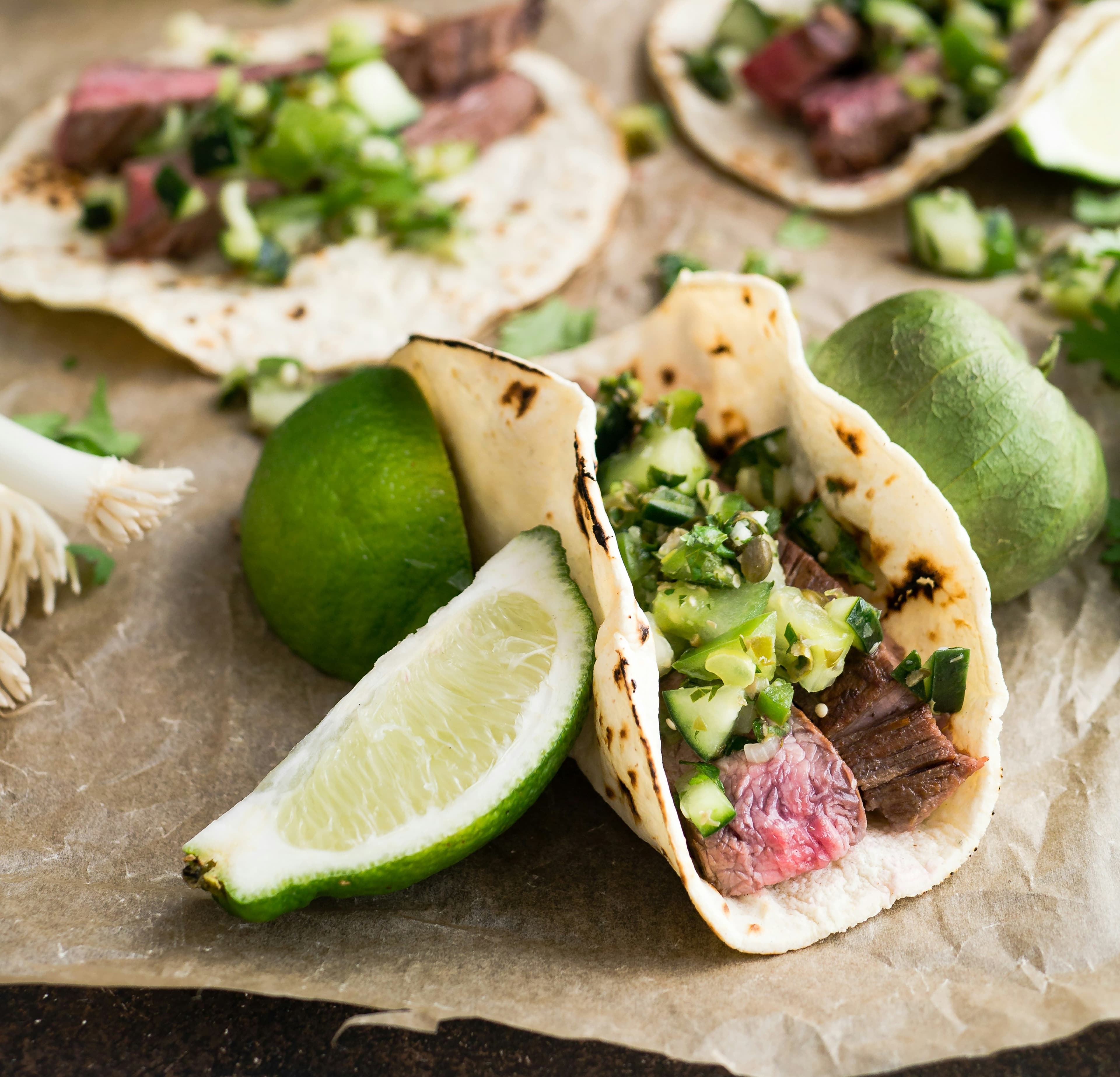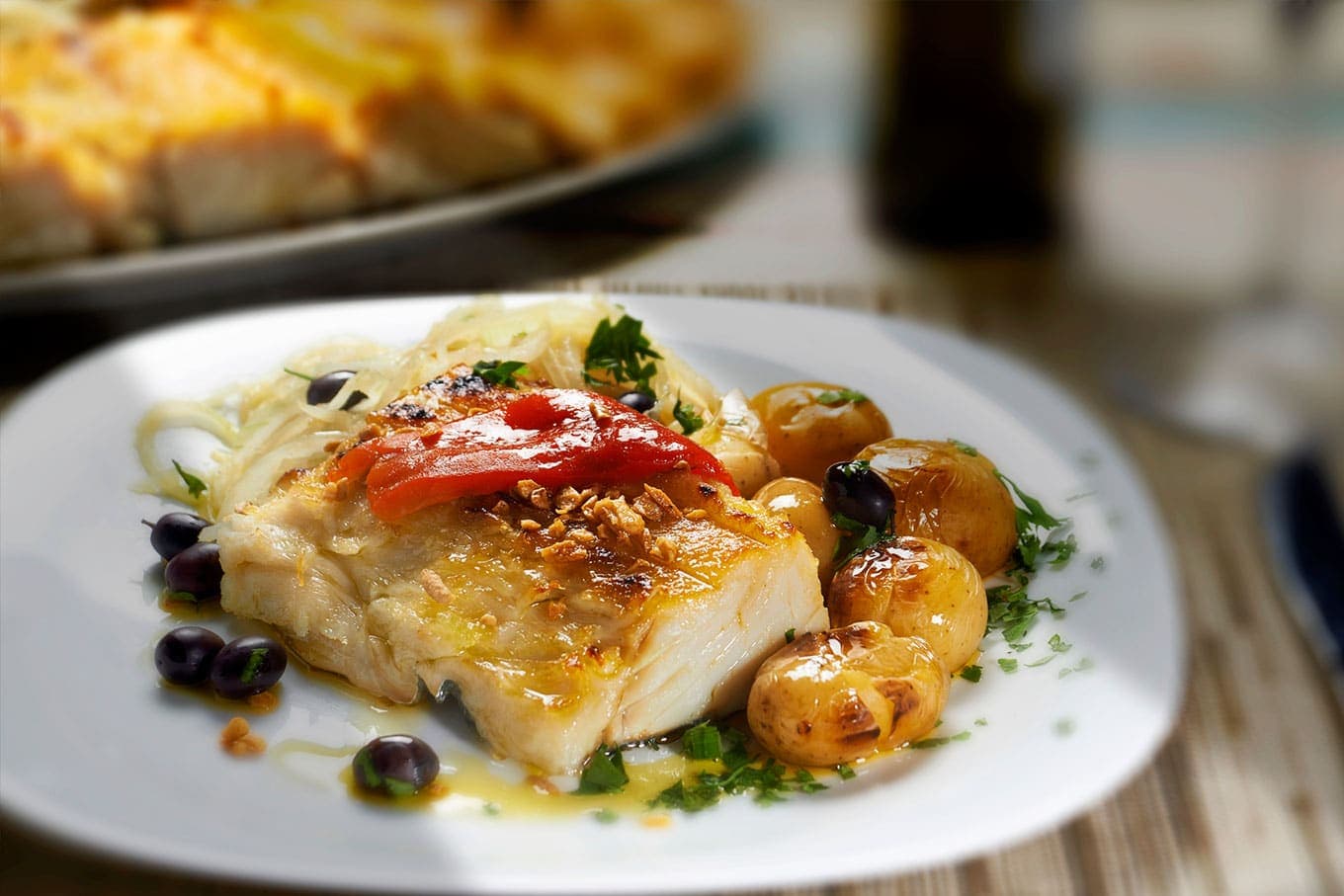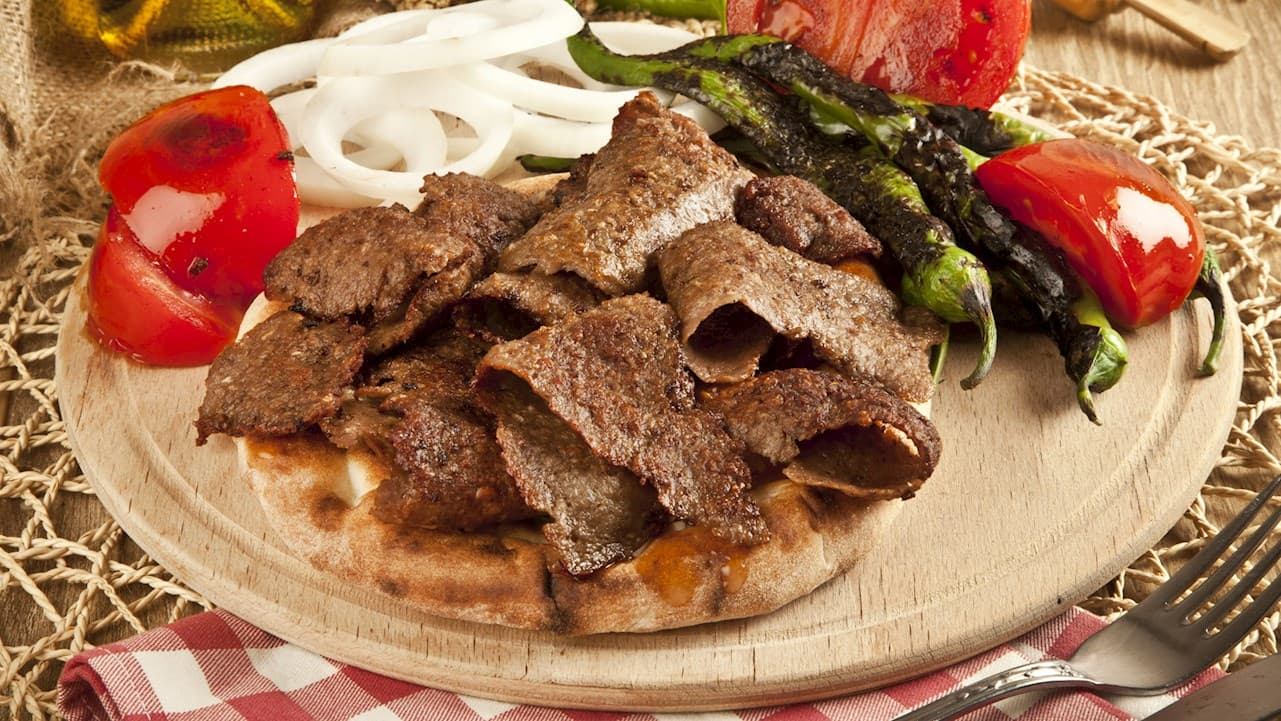Banana vs. Pineapple
Banana
Behold, the atheists' nightmare. Now if you study a well-made banana, you'll find, on the far side, there are 3 ridges. On the close side, two ridges. If you get your hand ready to grip a banana, you'll find on the far side there are three grooves, on the close side, two grooves. The banana and the hand are perfectly made, one for the other. You'll find the maker of the banana, Almighty God, has made it with a non-slip surface. It has outward indicators of inward contents - green, too early - yellow, just right - black, too late. Now if you go to the top of the banana, you'll find, as with the soda can makers have placed a tab at the top, so God has placed a tab at the top. When you pull the tab, the contents don't squirt in your face. You'll find a wrapper which is biodegradable, has perforations. Notice how gracefully it sits over the human hand. Notice it has a point at the top for ease of entry. It's just the right shape for the human mouth. It's chewy, easy to digest and its even...
Pineapple
Fun fact about the pineapple. The pineapple is filled with bromelain, which is a digestive acid. So as you digest the pineapple, the pineapple digests you. You only win because you're bigger.
Reviews
Reviews
| Item | Votes | Upvote |
|---|---|---|
| Definitive proof of Intelligent Design | 1 |
| Item | Votes | Upvote |
|---|---|---|
| Phallic | 1 |
| Item | Votes | Upvote |
|---|---|---|
| No pros yet, would you like to add one? | ||
| Item | Votes | Upvote |
|---|---|---|
| No cons yet, would you like to add one? | ||
Frequently Asked Questions
Bananas are often considered convenient due to their biodegradable wrapper, ease of consumption, and nutritional benefits. They are also praised for their design, which fits well in the human hand and mouth. Pineapples, on the other hand, contain bromelain, a digestive enzyme that can aid in digestion but also has a reputation for 'digesting' you back. The choice between the two often comes down to ease of consumption and personal preference for their unique flavors.
Bananas are easier to eat as they come with a natural, biodegradable wrapper that you can easily peel, and they are ready to eat immediately. Pineapples require more effort to prepare as you need to remove the tough outer skin and core before consumption.
Bananas are rich in potassium, vitamin B6, and fiber, making them excellent for heart health and digestion. Pineapples are high in vitamin C and contain bromelain, an enzyme that aids in digestion and has anti-inflammatory properties. Both fruits offer unique health benefits, so the best choice depends on your specific nutritional needs.
Pros of bananas include being seen by some as definitive proof of Intelligent Design. Cons include the fact that some people find their shape phallic.
Bananas are unique because they have a non-slip surface, outward indicators of inward contents (green for too early, yellow for just right, and black for too late), and a biodegradable wrapper with perforations. They are also shaped to fit the human hand and mouth perfectly, making them easy to eat and digest.
The design argument for bananas suggests that their specific features, such as the ridges and grooves that fit perfectly into the human hand, the non-slip surface, and the color indicators for ripeness, are evidence of Intelligent Design by a creator.
A pineapple is a tropical fruit known for its sweet and tangy flavor. It is filled with bromelain, a digestive enzyme that can break down proteins. This unique characteristic means that as you digest the pineapple, it also starts to digest you, although you win this battle because you are larger.
Pineapple is rich in vitamins, minerals, and antioxidants. It is a good source of vitamin C, manganese, and dietary fiber. The bromelain enzyme in pineapple also aids in digestion and may help reduce inflammation.
While pineapple is generally healthy, some people may experience allergic reactions or irritation due to the bromelain enzyme. Additionally, its high acidity can cause mouth sores or upset stomach if consumed in large quantities.
Pineapple can be eaten fresh, canned, or juiced. It can be added to fruit salads, smoothies, and desserts, or used as a topping for pizzas and grilled dishes. Its sweet and tangy flavor complements both sweet and savory recipes.
